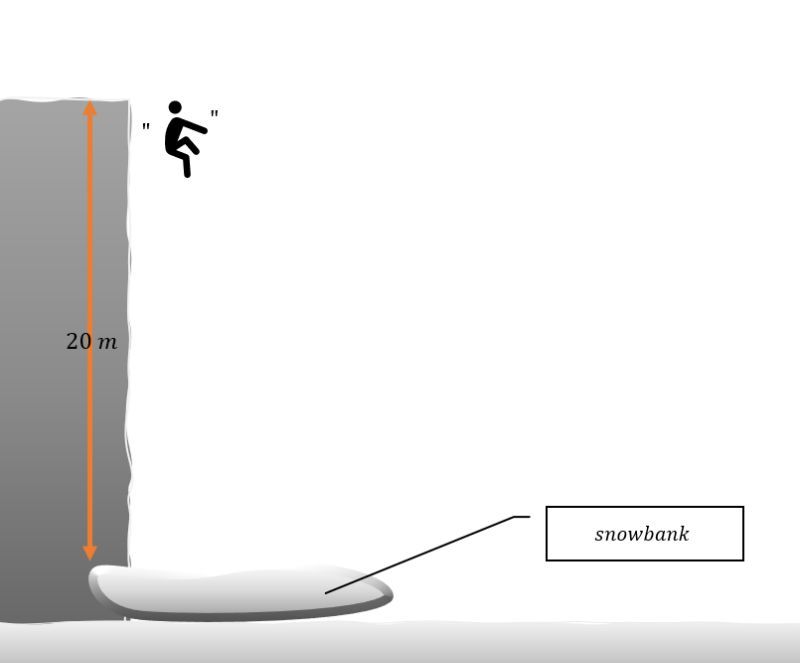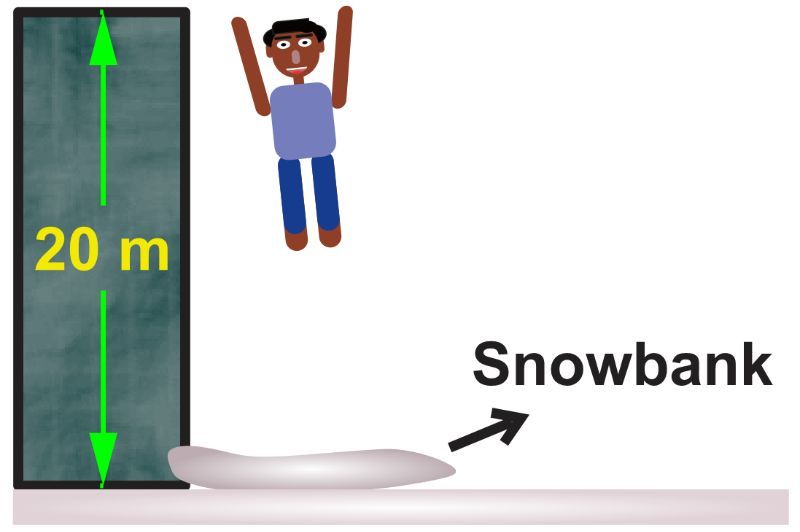- Download the worksheet to save time writing
- Start solving the practice problems
- If you're stuck, watch the video solutions
- See your summary to get more insights

An unidentified object is advancing toward a nuclear facility along the x-direction at a constant speed of 40 m/s 2 km above the ground level. A 15 kg missile producing a thrust of 425 N and oriented vertically upward is placed at ground level in the same x-y plane as the object. The missile is fired up and hits the object. At the instant of launching the missile, calculate the horizontal distance separating the missile and the object.
A 450 kg spaceship accelerates vertically upward on the surface of Mars. The amount of force produced by the spaceship engine is 2.5 × 104 N. Ignore the effect of resistive forces. Calculate the spaceship's vertical acceleration. The gravitational acceleration on Mars is 3.72 m/s2.
A missile encounters four forces during a purely vertical flight: gravity, propulsion, and aerodynamic forces- lift and drag. Using the equations that model the launch of a missile, find an expression for the magnitude of missile velocity at an altitude 2h if aerodynamic forces are ignored.
A car was initially at rest at the origin. It started to accelerate in a straight line as a result of a force acting on it, given by Fc=Kt. If the mass of the car is mc, find as a function of time its velocity vc and position xc.
A climber accidentally slips off a cliff and falls freely from a height of 20 m before landing in a snowbank that compresses 1.5 m to cushion the fall. If the climber has a mass of 60 kg, calculate the average decelerating force exerted by the snowbank during the climber's landing.
A weather balloon payload with a mass of 20 kg is released from a height of 500 m. As it falls back to Earth, it achieves a final velocity of 25 m/s due to air resistance. Determine the average force encountered by the payload during its descent.

